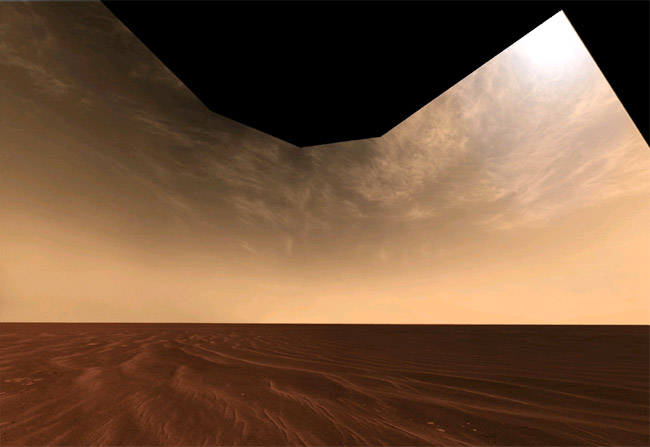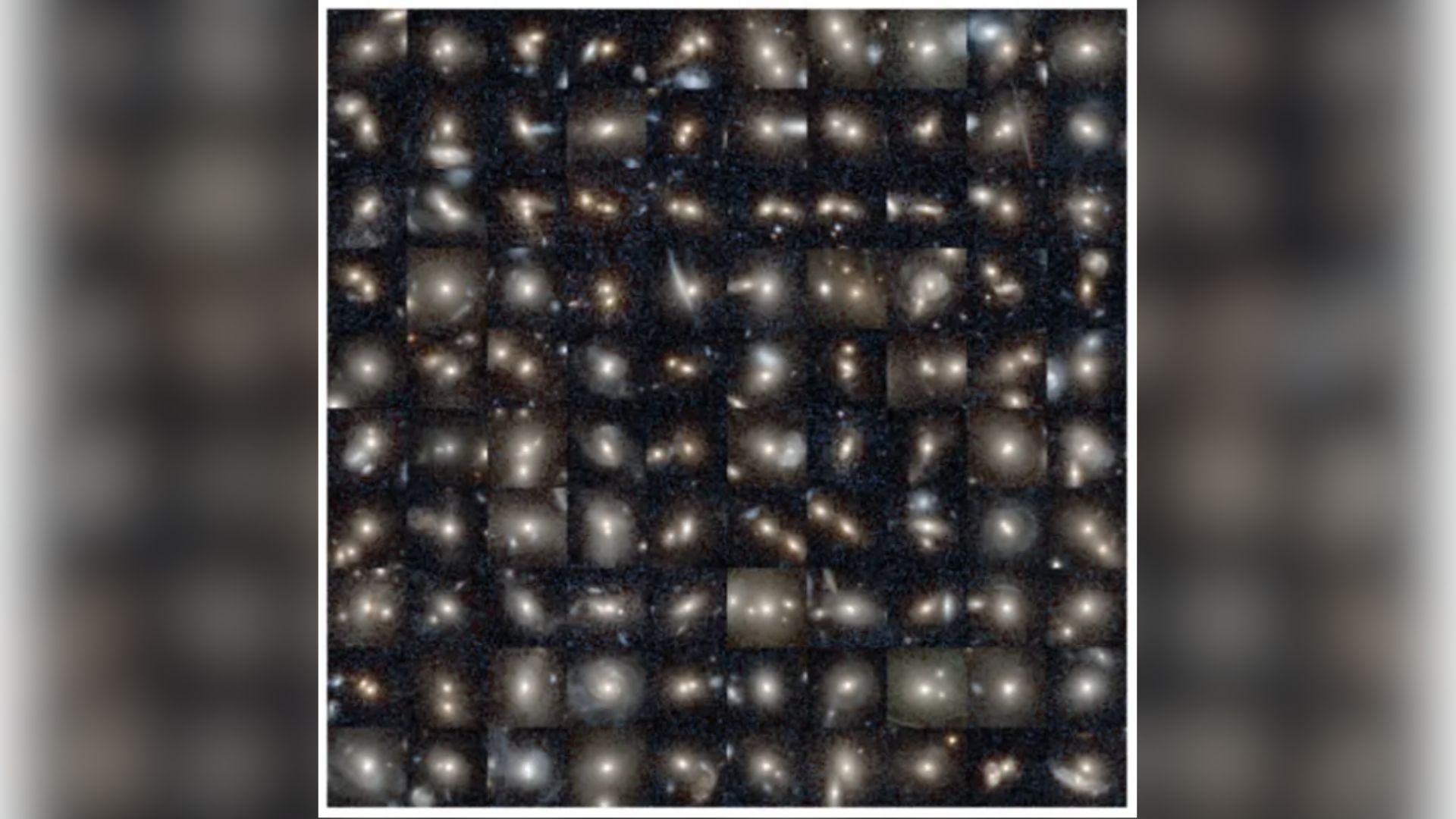Mars' Ice Clouds Eat Up Ozone

Clouds ofwater ice drifting above the Martian surface eat up some of the ozone in Mars?atmosphere, a new study suggests, giving scientists new clues about thechemical environment and climate of Earth?s nearest neighbor.
Mars has arelatively stable atmosphere that is 95 percent carbon dioxide (Earth'satmosphere is only 0.04 percent carbon dioxide).
Scientistshave had a difficult time modeling certain aspects of Mars' atmosphere and somesuspected that reactions between atmospheric gases and ice cloud particlescould account for the differences between their models and satelliteobservations, particularly of ozone concentrations.
Water iceclouds high in Earth's atmosphere are key factors in the loss of ozone abovethe poles and may perturb the chemistry in layers of air below. Likewise, somescientists thought, similarclouds on Mars could be affecting ozone levels in Mars' atmosphere.
Franck Lef?vreof the Universit? Pierre et Marie Curie in Paris and his colleagues used newozone observations from the European Space Agency's Mars Express satellite,which has been orbiting the red planet since 2003, to test the theory. Theirresults are detailed in the Aug. 21 issue of the journal Nature.
They includedreactions of ozone with destructive chemicals called hydrogen radicals on thewater ice clouds, which ironed out some of the inconsistencies observed in themodels.
Hydrogenradicals are also important to the recycling of carbon dioxide in the Martianatmosphere, making ozone a sensitive tracer to the chemistry of the atmosphereof Mars.
Breaking space news, the latest updates on rocket launches, skywatching events and more!
Subsurfacewater ice was confirmedto exist in the arctic regions of Mars by NASA's Phoenix Mars Lander onJuly 31.
- The Wildest Weather in the Galaxy
- Mars Clouds Drier Than Thought
- Images: Best of Mars Express

Andrea Thompson is an associate editor at Scientific American, where she covers sustainability, energy and the environment. Prior to that, she was a senior writer covering climate science at Climate Central and a reporter and editor at Live Science, where she primarily covered Earth science and the environment. She holds a graduate degree in science health and environmental reporting from New York University, as well as a bachelor of science and and masters of science in atmospheric chemistry from the Georgia Institute of Technology.
